Mrs. Tan confided that when she was young, she loved to see her grandmother and mother wearing traditional costumes brought from their hometown in Lac Son commune (formerly Hoa Binh province, now Phu Tho province) to go to temples and pagodas. After learning how to measure and sew, she borrowed her mother's traditional costumes to learn how to sew, and gradually got used to it and became attached to the profession of sewing Muong ethnic costumes.
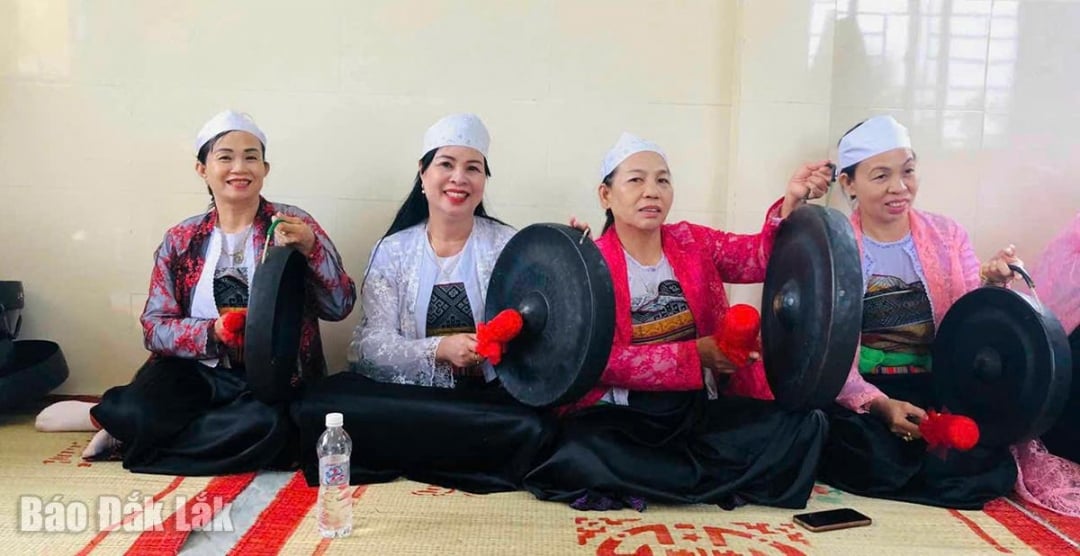 |
| Muong women's costumes are elegant, harmonious, and imbued with ancient Vietnamese culture. |
According to Ms. Tan, basically a traditional costume of Muong women consists of a white scarf tied on the head, which the Muong people call a bit trooc (or hat); a short white shirt made of kate fabric with a length just reaching the waist; a cloak made of chiffon, in which the short cloak is often worn to attend festivals, while the long cloak reaches down to the knee, slightly flared at the bottom, the two flaps of the shirt hang freely creating a soft feeling, often worn to attend temples and pagodas.
The Muong people's skirt consists of two main parts: the waistband and the skirt; the waistband is brightly colored, meticulously hand-woven and is the highlight that makes the outfit stand out more; the skirt body is black, sewn together to form a wide tube shape, hugging the chest, showing off the graceful beauty of Muong women.
Accessories that go with the traditional costume include a set of tenh, a type of sash tied around the waist, usually made of blue or yellow linen, to accentuate the waist, and a set of silver "xà tích" - a type of jewelry that is hooked onto the set of tenh from the side. As for the waistband and the set of "xà tích", Mrs. Tan ordered them from her hometown and sent them in.
As the pace of life changes, the Muong people living in Dak Lak province have also changed their clothing to something simpler to facilitate their daily activities and work. However, on special occasions, women still choose traditional clothing.
In particular, nowadays almost every Muong woman, from old to young, has at least one traditional costume made to wear during festivals. The good news is that young Muong people increasingly love and cherish wearing traditional costumes to participate in school and class events with pride in their ethnic culture.
As Mrs. Quach Thi Tinh (in Tan Lap ward) boasted: "I sewed two traditional costumes to wear to pagodas and weddings". Or like Phan Quach Anh Thu, a 3A student at Nguyen Dinh Chieu Primary School (Tan Lap ward), the youngest member of the Muong gong team (formerly Hoa Thang commune, now Tan Lap ward) also had her mother sew traditional costumes to participate in gong performances. Every time she participates in a performance, she is very happy and proud when people come to watch and take pictures with the whole team in traditional costumes of the Muong ethnic group.
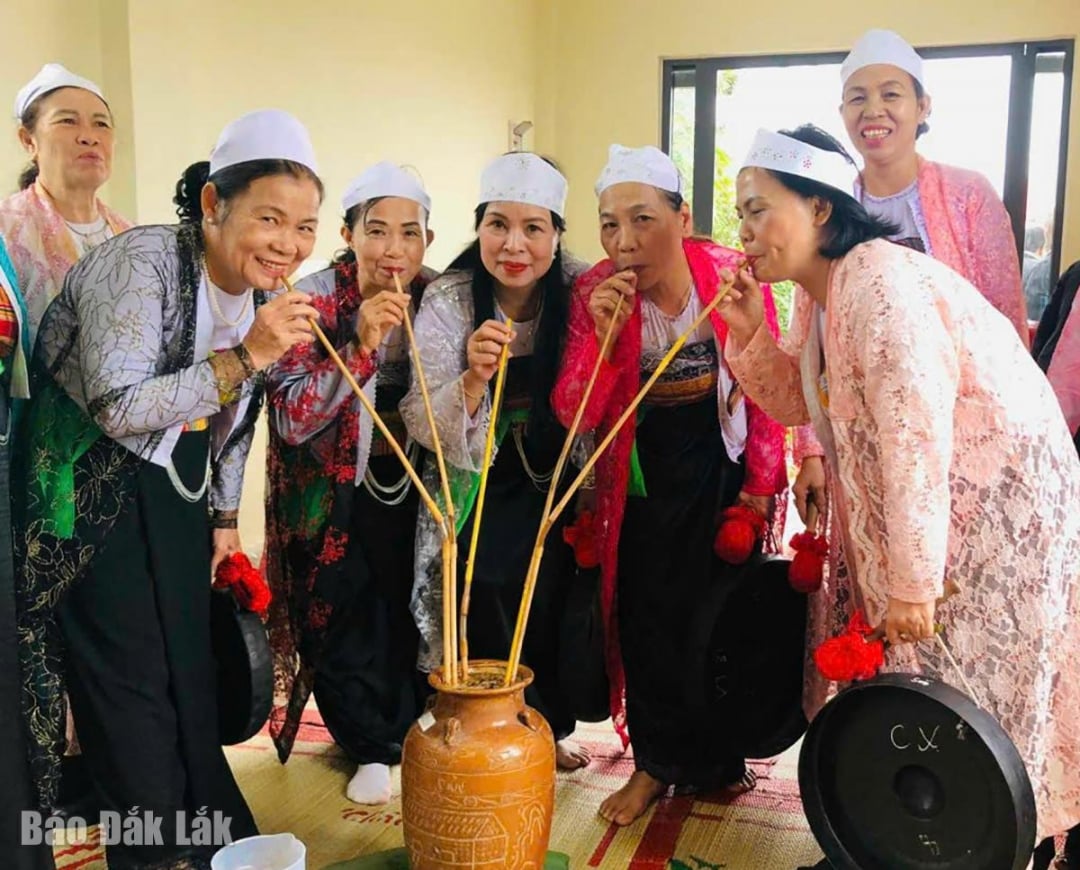 |
| Muong ethnic women in Tan Lap ward in traditional costumes during cultural activities. |
Wearing costumes during festivals is the way the Muong community in the Dak Lak plateau contributes to preserving and honoring national traditions. That is also the motivation for Mrs. Tan to love and be more attached to her profession. Each traditional costume is carefully crafted by Mrs. Tan from choosing the fabric to the stages of measuring, cutting, sewing, and finishing.
Kim Hue
Source: https://baodaklak.vn/van-hoa-du-lich-van-hoc-nghe-thuat/202507/gin-giu-trang-phuc-truyen-thong-cua-phu-nu-muong-9ae00e6/




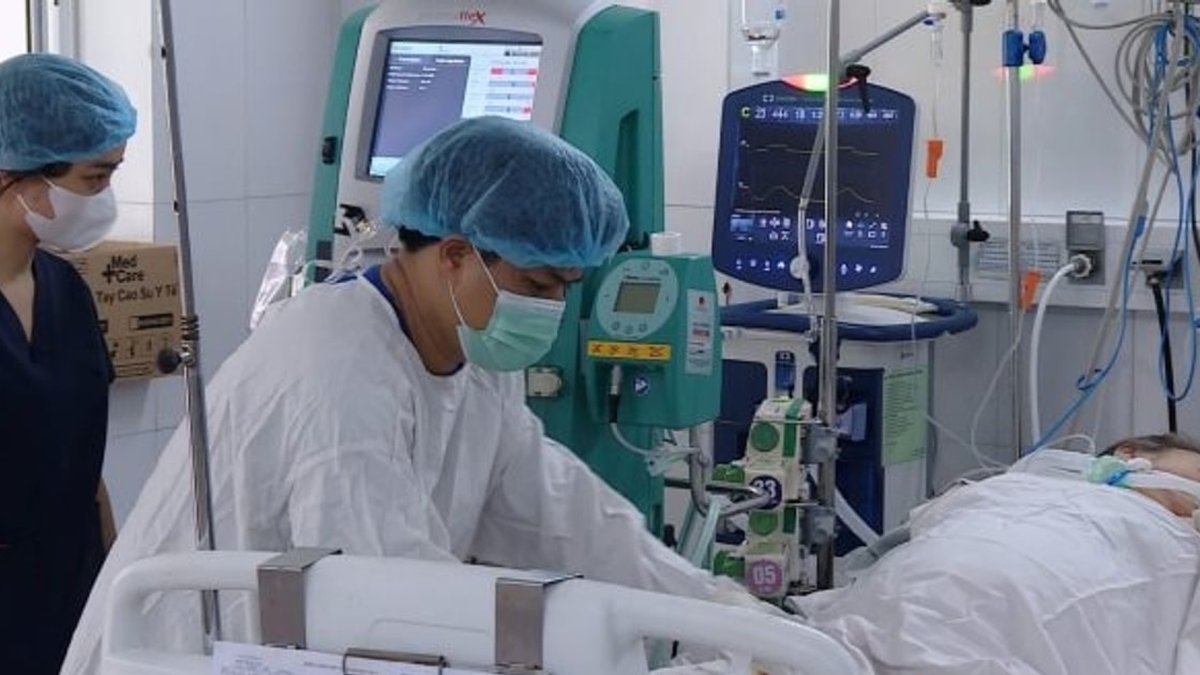
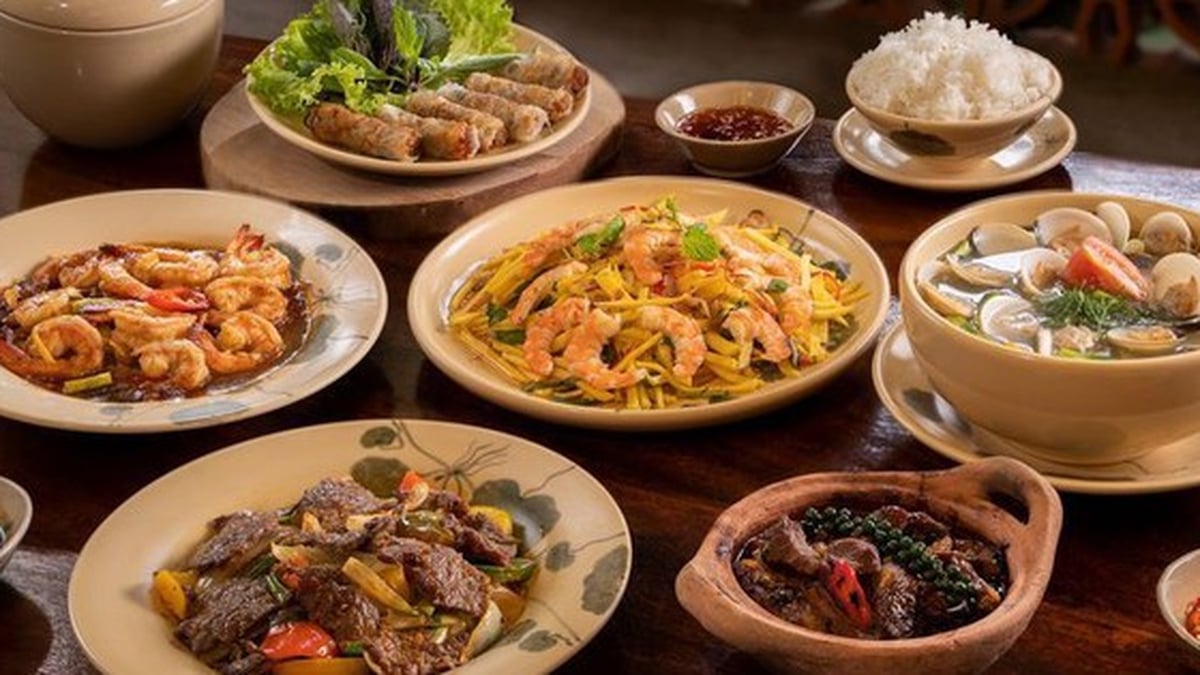
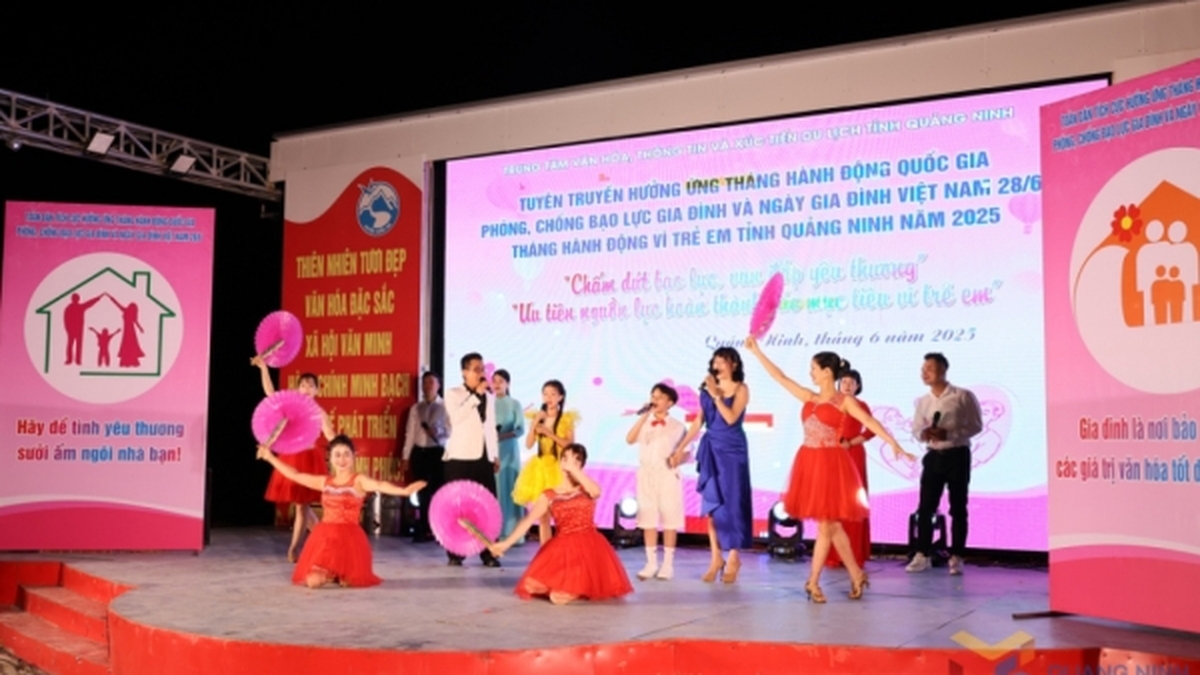
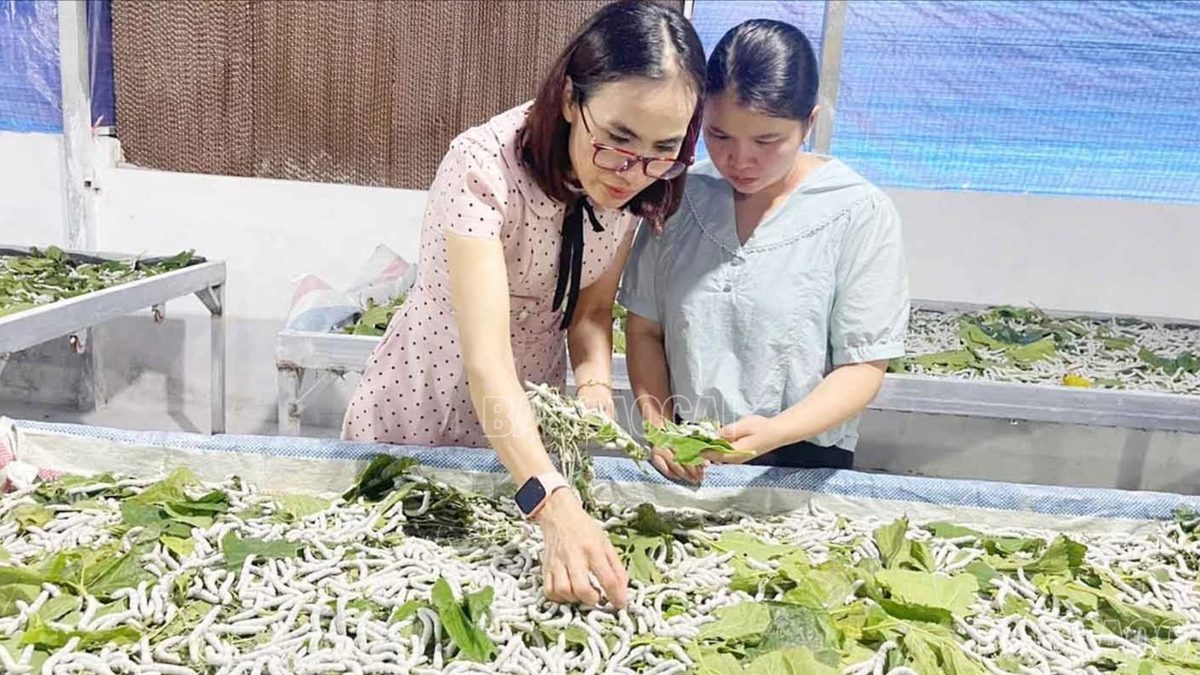

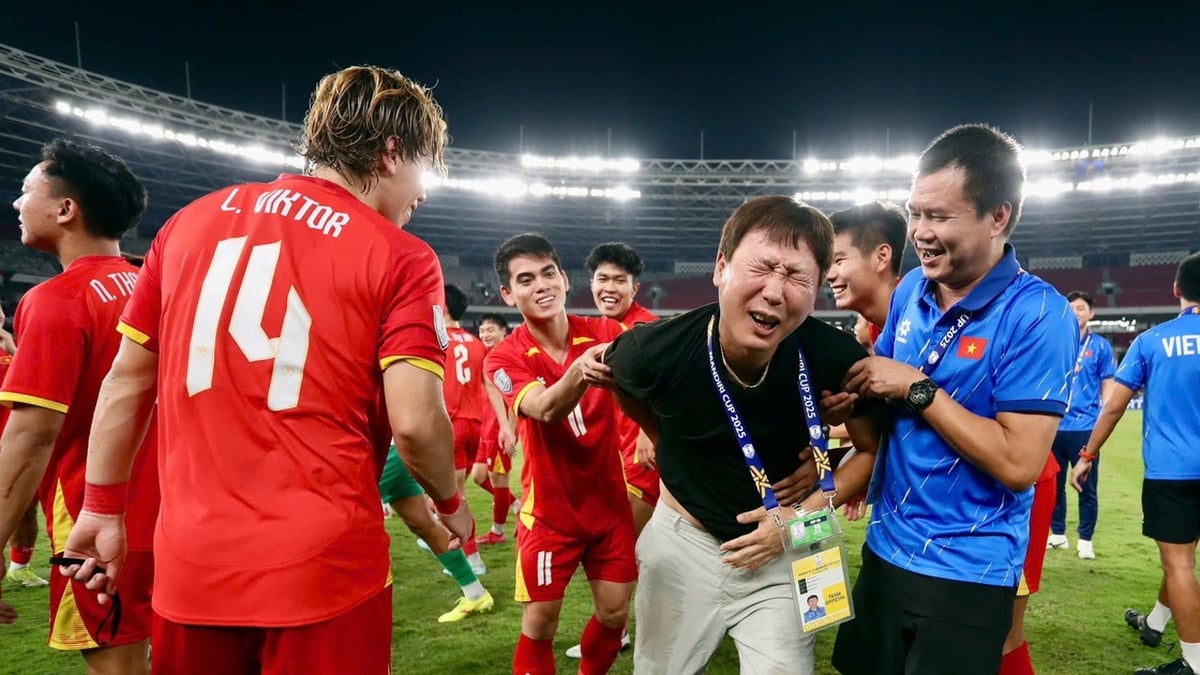
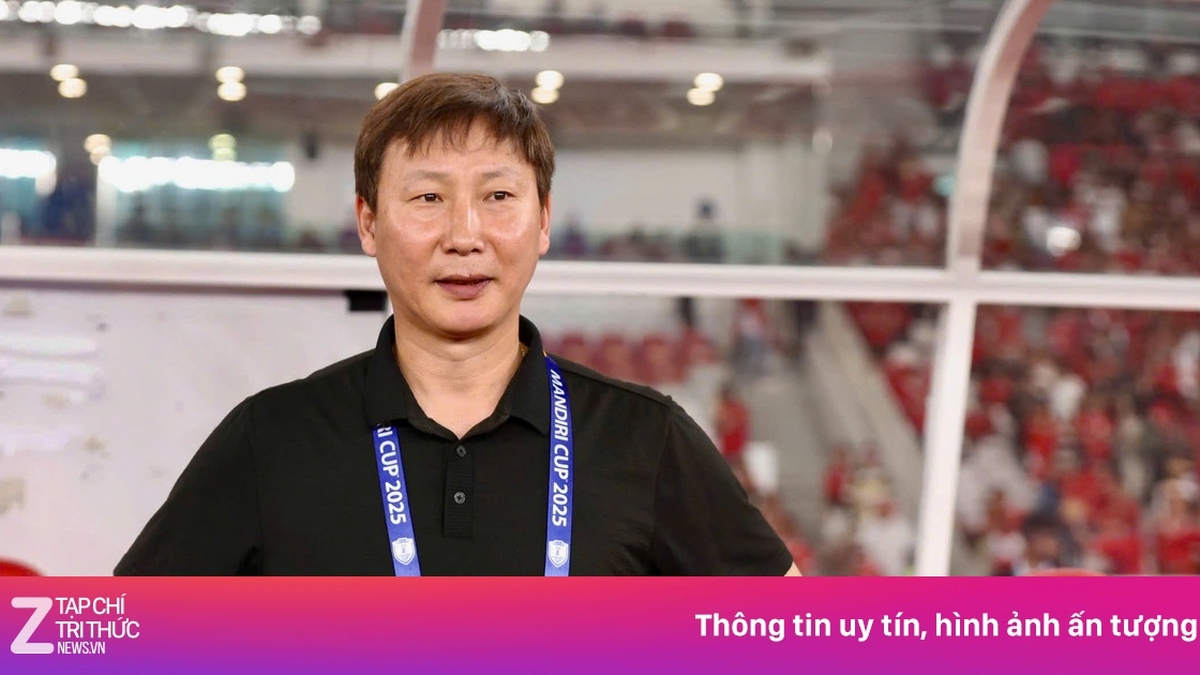
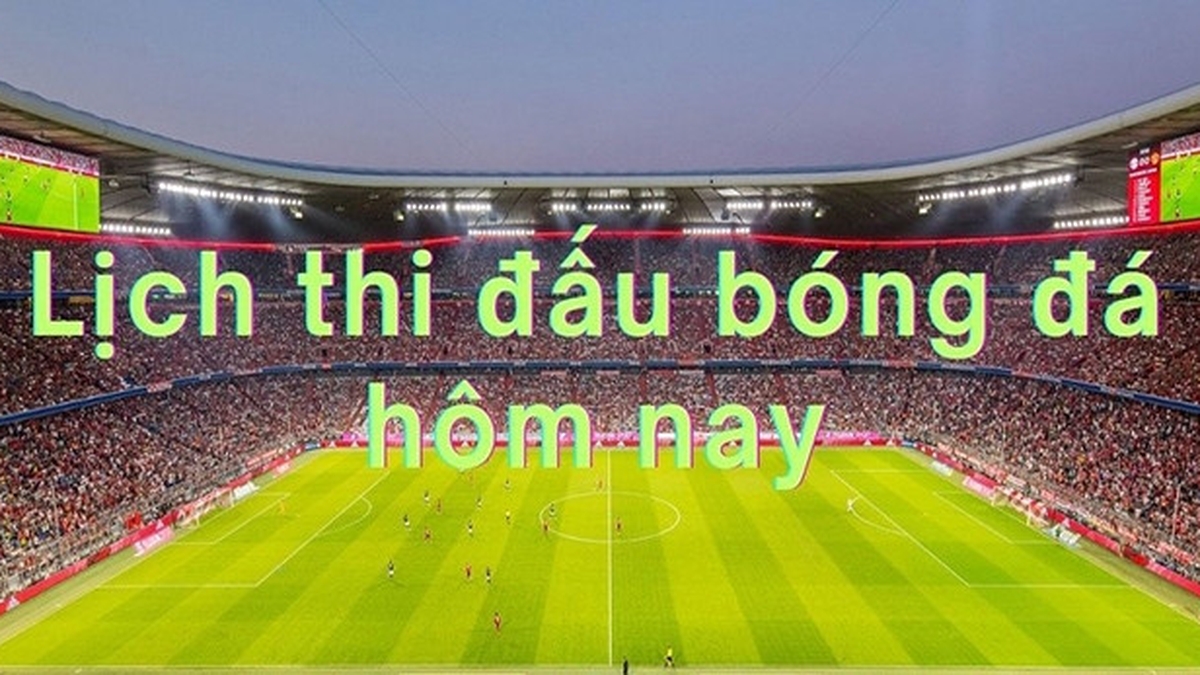


















![[Photo] National Assembly Chairman attends the seminar "Building and operating an international financial center and recommendations for Vietnam"](https://vphoto.vietnam.vn/thumb/1200x675/vietnam/resource/IMAGE/2025/7/28/76393436936e457db31ec84433289f72)












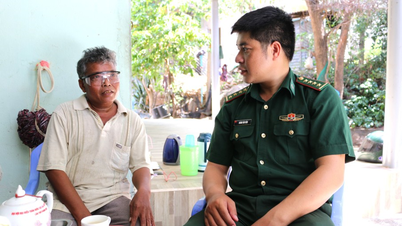
















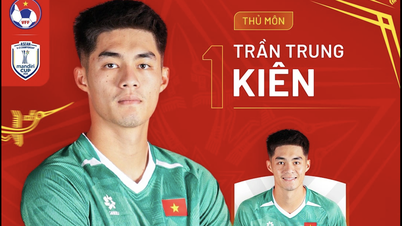




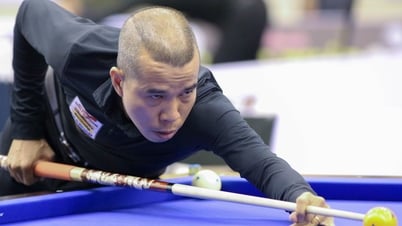







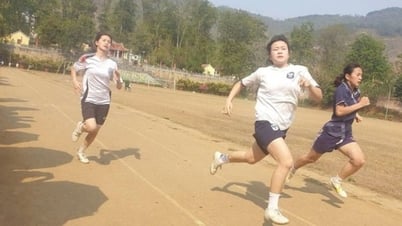










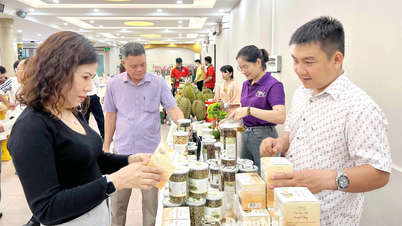











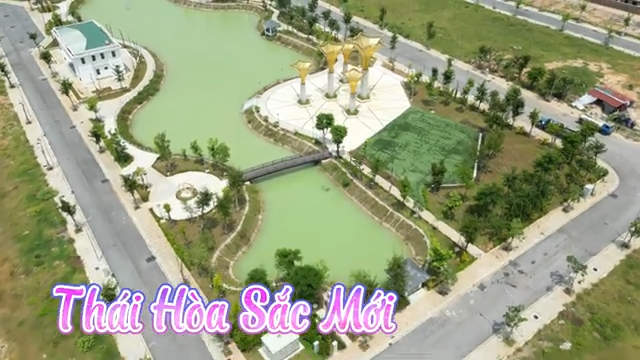
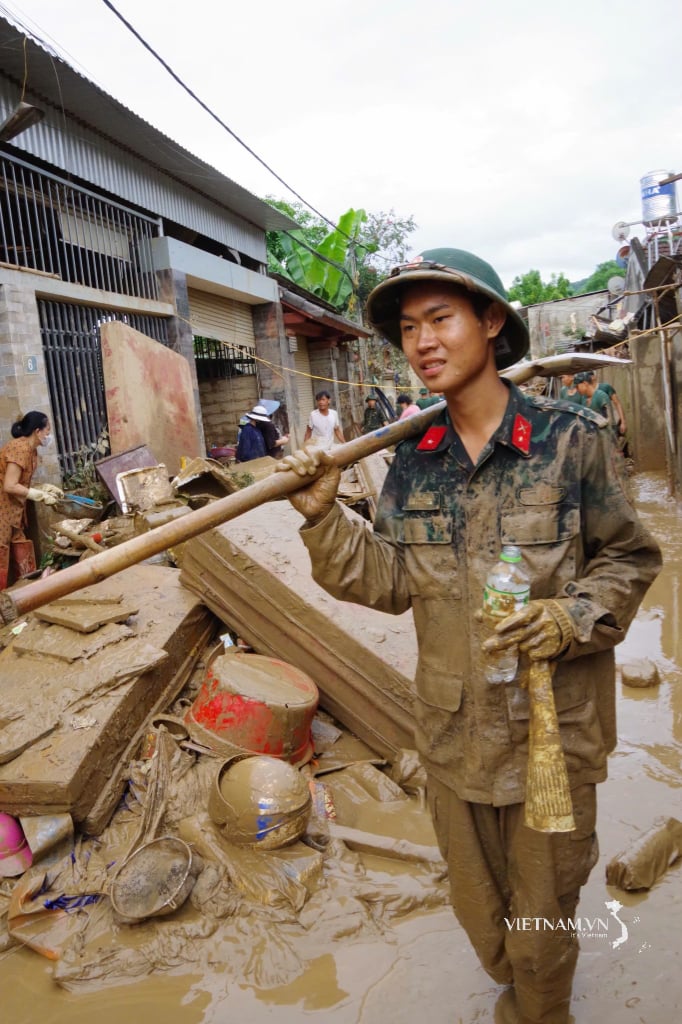
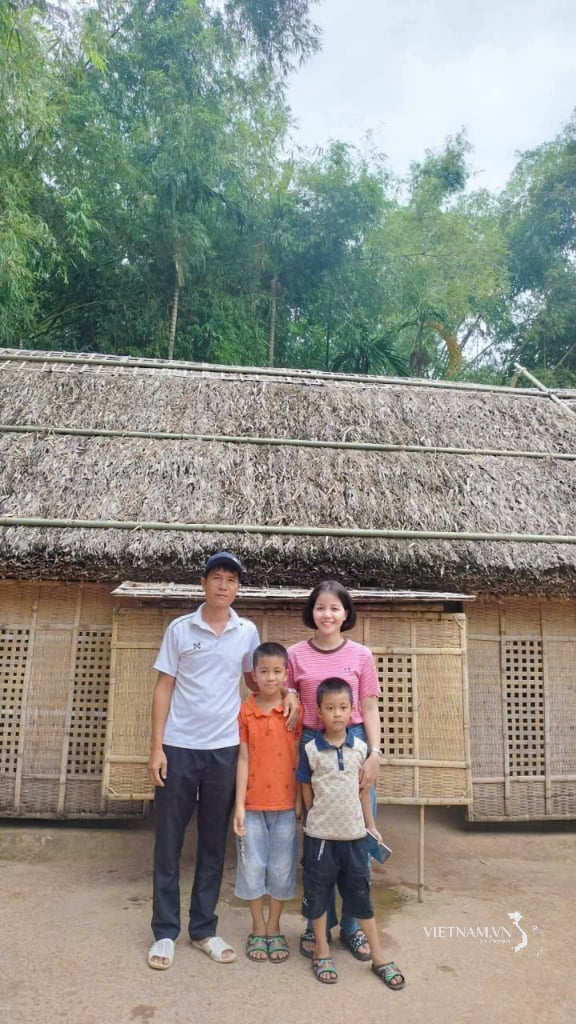

Comment (0)